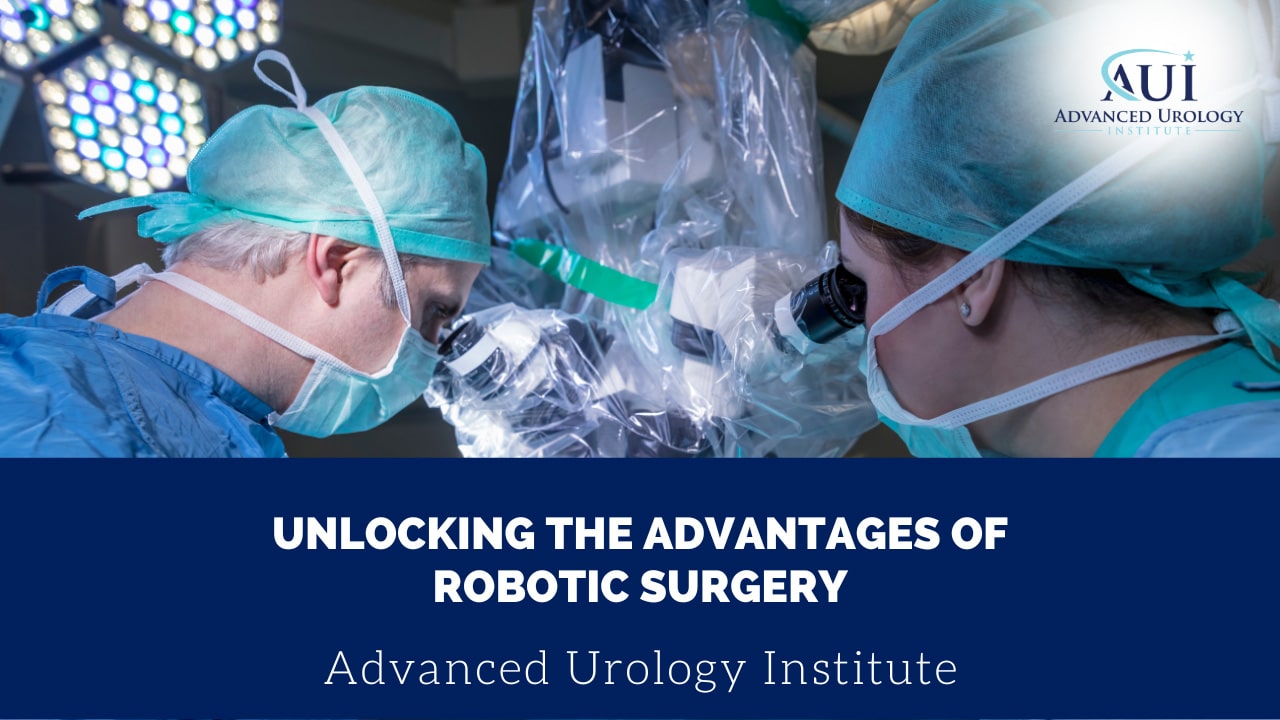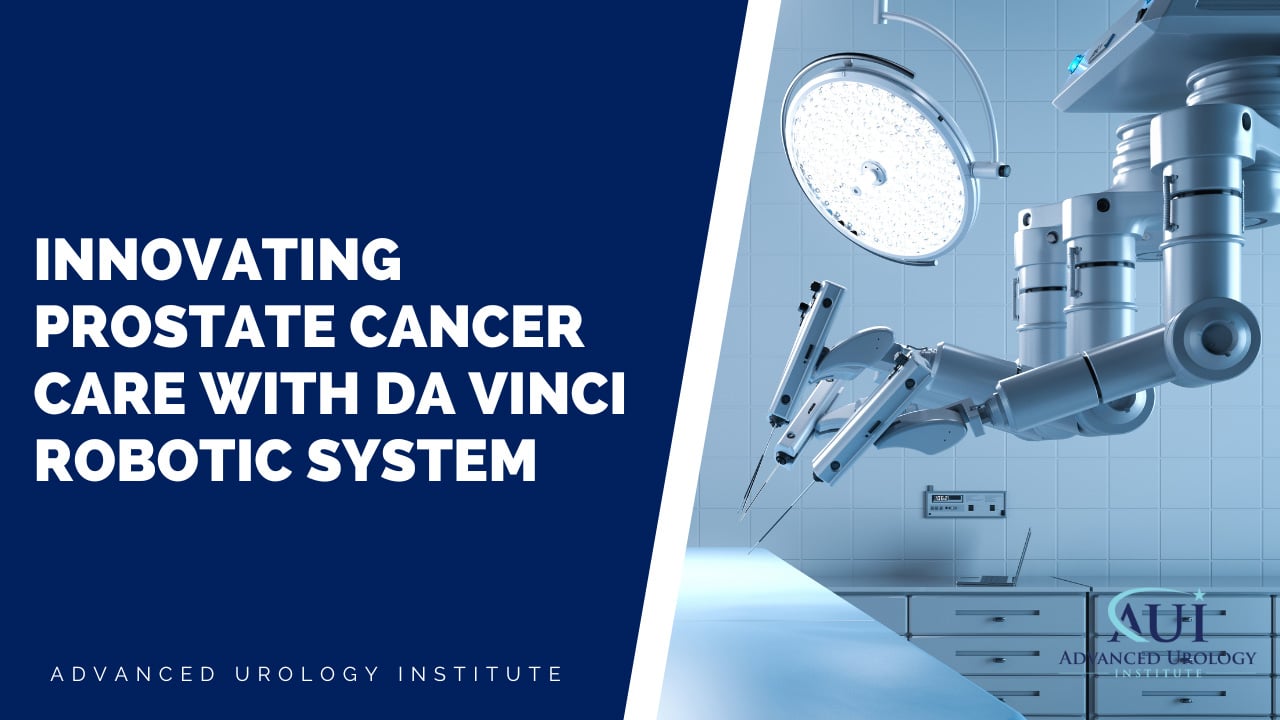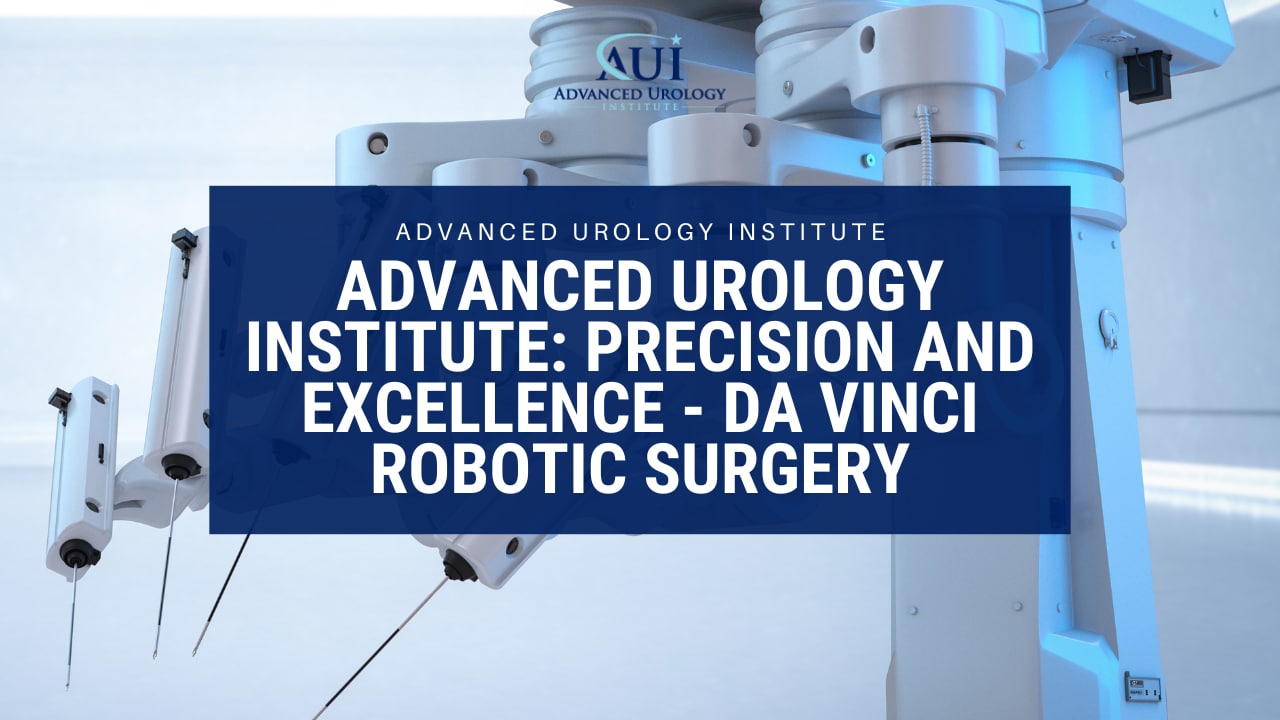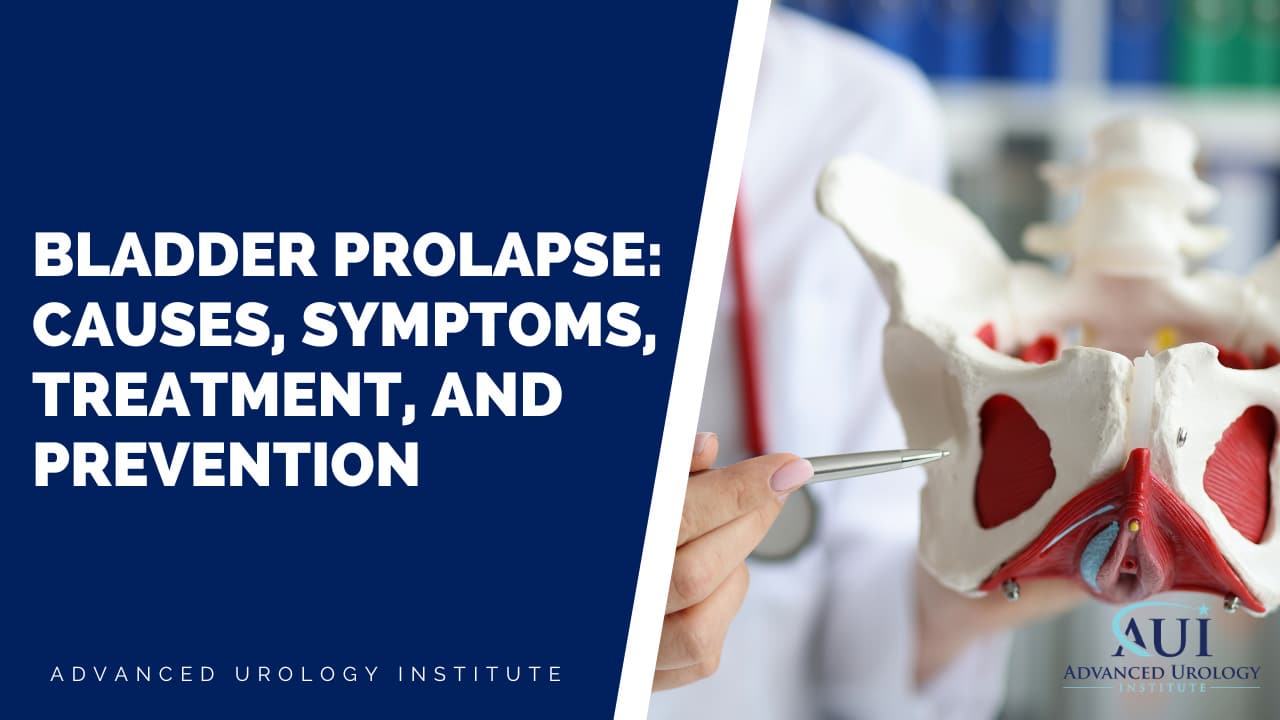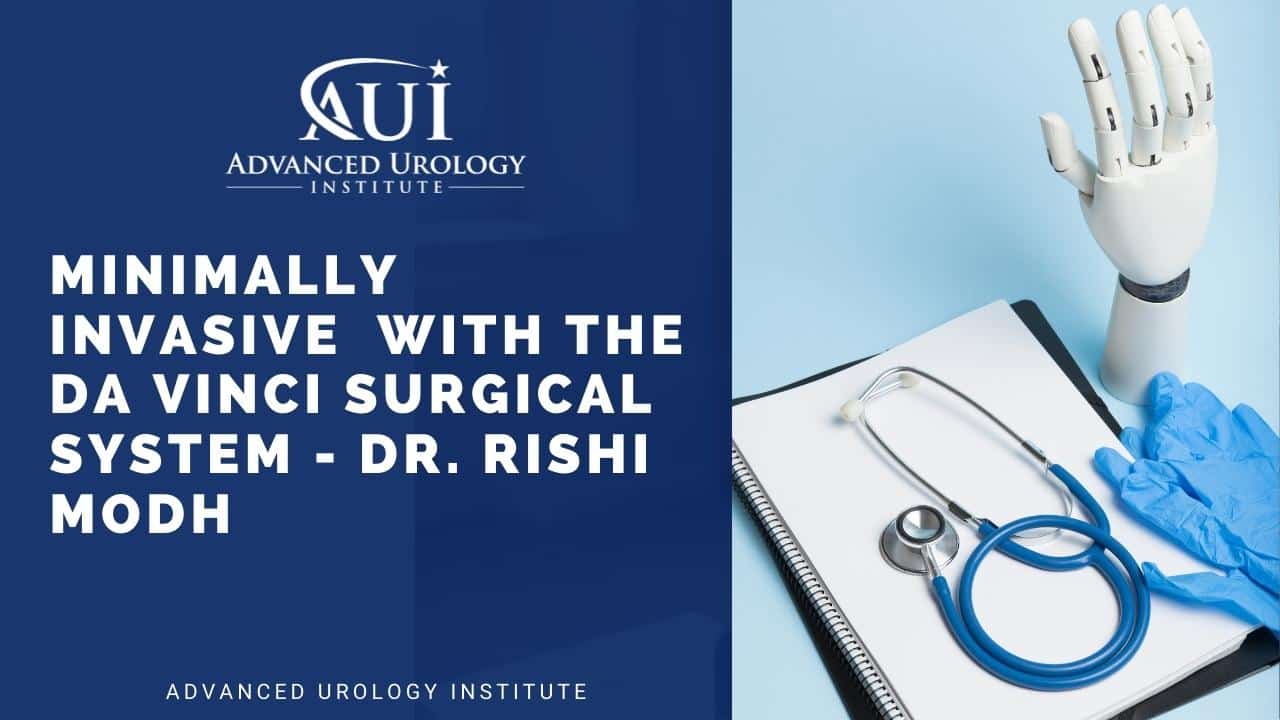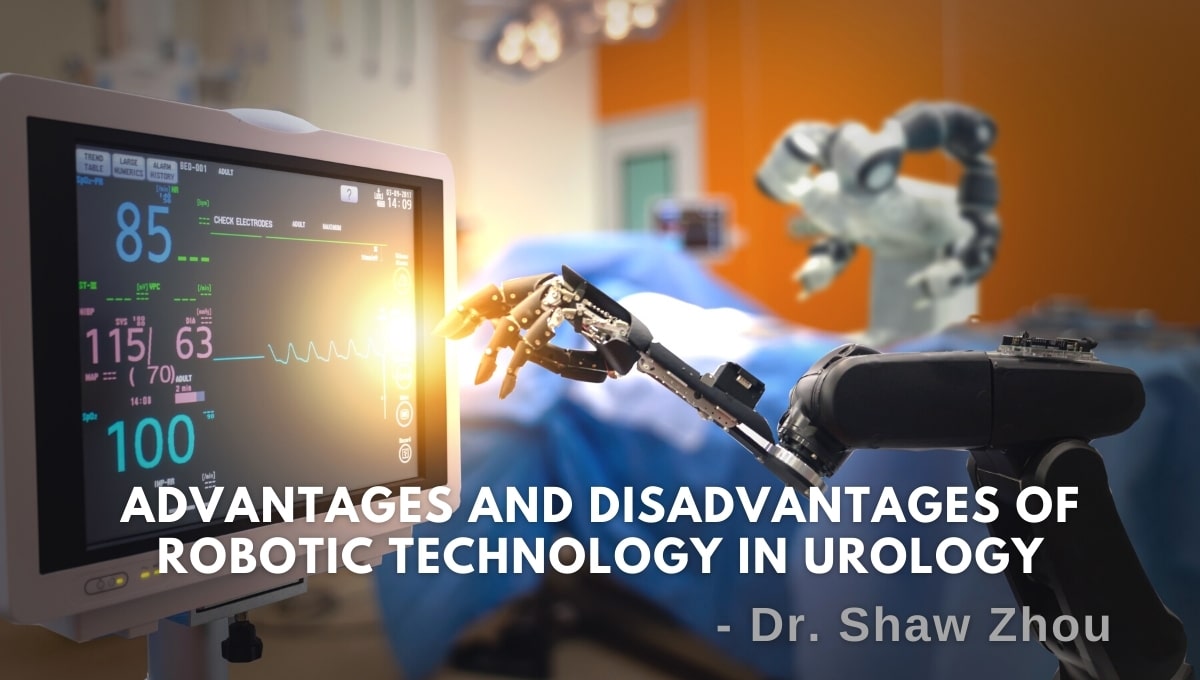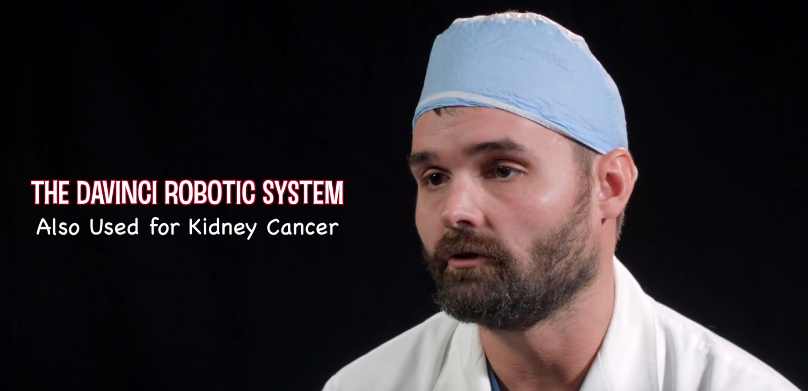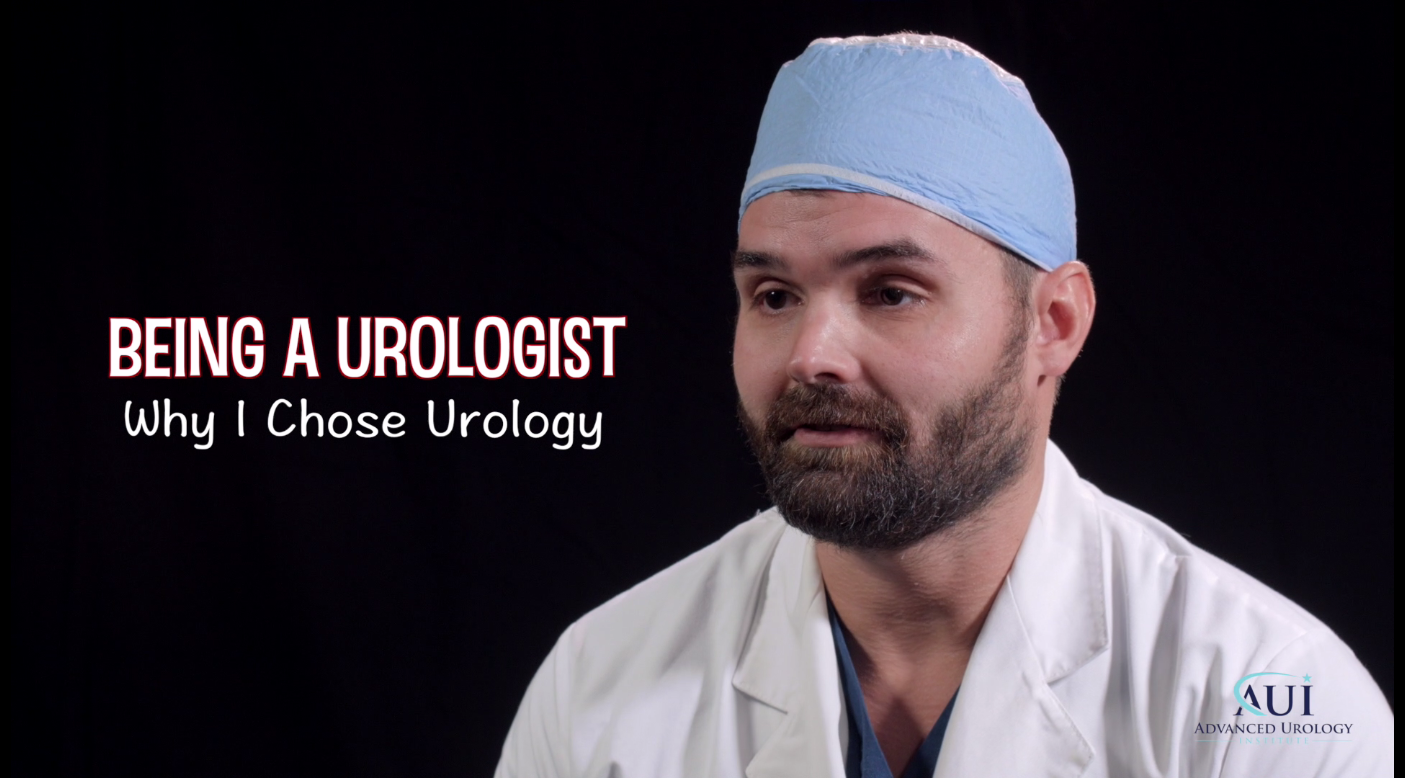Our skilled urologists at Trinity Duck Slough pioneers precision and faster recovery, utilizing the advantages of robotic surgery.
Continue readingInnovating Prostate Cancer Care with Da Vinci Robotic System
Transforming prostate cancer care with the Da Vinci Robotic System. Our FL urologists utilize this advanced technology for precise, minimally invasive procedures
Continue readingAdvanced Urology Institute: Precision and Excellence – Da Vinci Robotic Surgery
The Da Vinci Robotic Surgery System offers precision and control superior to traditional methods, allowing for minimally invasive surgeries.
Continue readingBladder Prolapse: Causes, Symptoms, Treatment, and Prevention
Bladder prolapse might seem inconvenient, but leaving it untreated can result in complications like UTIs and recurrent prolapses.
Continue readingMinimally Invasive Robotic Surgery with the da Vinci Surgical System – Dr. Rishi Modh
My name is Rishi Modh, I’m a board certified urologist with Advanced Urology Institute. My favorite part of the practice is doing robotic surgery. I really enjoy using the da Vinci Robot to treat peoples problems in a minimally invasive way. And
Continue readingAdvantages and Disadvantages of Robotic Technology in Urology – Dr. Shaw Zhou
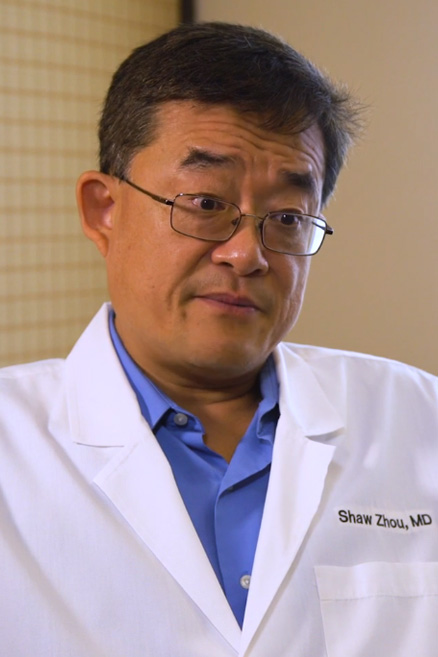
My name is Shaw Zhou, I am with Advanced Urology Institute.
Robotic surgery is truly precise, for example, the magnify [goes] up to ten times so the doctor can see better and if your doctor has a hand tremor [it’s still] very steady. You got four arms instead of two arms, so you have two arms to grab for you and so on and so forth. And you have three dimensional [view], you can see much better. The traditional labs got surgical screens which are two dimensional so you don’t have that sense of depth. However the drawback is first of all, the doctor sits 10 feet away, so God forbid if something happened, your doctor will have to go in, wash your hands and you are not by your patient
Also you lose the tactile sensation, cause you don’t feel it no more. When you tie a knot or whatever you know, the tactile sensor feed gives how much force you use now, [before] it’s purely by experience. Although the new robot that we’re talking about that has tactile sensationin other words you can visually see it. They see how much force [is needed] if its red or green. So it’s getting better and better, eventually new robots keep on coming out but in the future I think we can overcome all these shortcomings for robot surgery.
How Percutaneous Nephrolithotomy Works?
Percutaneous Nephrolithotomy (PCNL) is a minimally invasive surgical procedure for removing upper ureteral stones and kidney stones larger than 2 centimeters in diameter. Historically, larger stones were removed in open surgery, which required a larger flank incision. Percutaneous nephrolithotomy (nephrolithotripsy) is a more refined alternative to open surgery, using a 1-centimeter skin incision. The procedure reduces blood loss, pain and hospital stay and has an increased success rate.
During PCNL, the patient is given general anesthesia before a needle is inserted through the skin to puncture the kidney and create a channel through which a nephroscope is passed into the kidney to break the stone into fragments for easy extraction. The entire procedure takes 3-4 hours.
During percutaneous nephrolithotomy:
- The patient receives general anesthesia to make the procedure less painful. The patient then lies face down on the abdomen.
- The surgeon performs cystoscopy (telescopic exam of the bladder) and instills X-ray dye or carbon dioxide into the kidney using a small catheter through the ureter of the affected kidney. This helps the surgeon to locate the stone more precisely.
- After locating the stone, the urologist makes a small incision on the back and passes a tiny needle through the skin (under X-ray guidance) into the kidney to directly access the stone.
- The needle tract is dilated to about 1-centimeter to enable placement of a plastic sheath and telescope for visualizing the stone.
- Using a laser or mechanical lithotripsy device, the surgeon breaks the stone into smaller fragments and extracts the pieces through the sheath.
- At the end of the operation, temporary catheters, a nephrostomy tube for the kidney and a stent tube for the bladder, are used to drain urine. The catheters are removed before discharge from hospital, usually after 2-4 days.
Percutaneous nephrolithotomy is recommended when:
- Urine flow is blocked.
- Kidney stones obstruct several branches of the collecting system of the kidney (also called staghorn kidney stones).
- Kidney stones are bigger than 2 centimeters (0.8 inch) in diameter.
- Urine leakage is occurring inside the body.
- There is severe pain even after treatment for a kidney stone.
- Kidney stone is causing damage to the kidney.
- Other treatment options have failed.
- The urologist will request several tests before the operation. Blood and urine tests check for infection and other problems, while a computerized tomography (CT) scan helps to determine the location of the stones.
Advantages of PCNL:
- Minimally-invasive procedure, with less pain, quick recovery, shorter hospital stay (2-4 days) and quick return to work (7-10 days).
- No surgical scar or complications associated with large incision operations.
- Less risk of postoperative infections compared to open surgery.
- Minimal harm to kidney function.
- Limits residual stones, as the surgeon has the opportunity to look inside the renal calyx and ureter.
- Percutaneous nephrolithotomy is effective for most people with stones in the ureter or kidney. Its stone free rate is greater than 90 percent and is the highest of all procedures.
For more information on treatment of kidney stones, visit Advanced Urology Institute.
Who uses the Davinci Robotic System for kidney cancer treatment? – Dr. Evan Fynes
Why did Dr. Evan Fynes choose urology?
Advances in Medical Technology by Dr. Richard Roach
Urologist is a medical practice dedicated to the treatment of disorders and diseases related to the male and female genito-urinary organs, including the kidney, ureters, bladder, prostate and genitalia. Contact a urologist now and get treatment for this condition as soon as possible. [Read Full Article…]
Dr. Andrew Sher on Advances on Urological Technology
Advanced Urology Specialists is proud to serve our patients with the lifesaving da Vinci System. This revolutionary robotic-assisted surgical tool allows us to heal patients with greater precision than ever before. Contact a urologist who knows how to operate the da Vinci System. [Read Full Article…]
Advantages of da Vinci Robotic Surgery for Prostate Cancer
Advanced Urology Specialists is proud to serve our patients with the lifesaving da Vinci System. This revolutionary robotic-assisted surgical tool allows us to heal patients with greater precision than ever before. Contact a urologist now and get treatment for this condition as soon as possible. [Read Full Article…]



